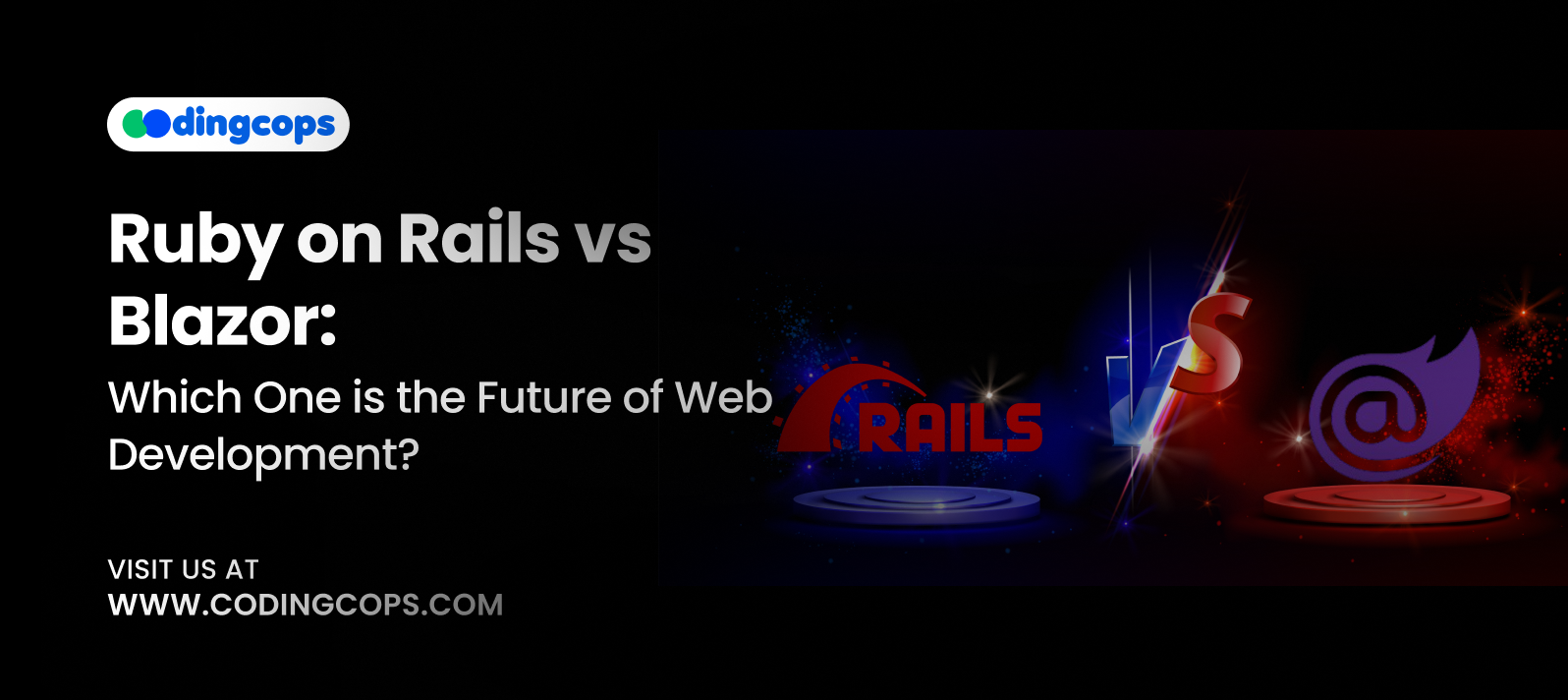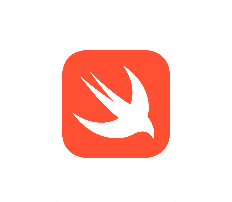Making money from a website is everyone’s dream but most people fail. There can be many reasons for this, and one can be the website optimization.
Page or website optimization plays a key role in the success of your website and ranking in top SERP pages. Not being able to do so means you are lacking somewhere.
Hundreds of thousands of websites are trying to put down their competitors each day, but a only few succeed in doing so. It happens due to the ignorance of performance optimization during the development process.
Every framework or platform has its optimization rules and techniques that one follows to keep their site optimized. In this blog, you are going to learn the tips for optimizing a React website to achieve faster performance.
Importance of Performance Optimization in React

Web application performance directly impacts the user experience and makes or breaks the conversion rates. There are multiple reasons why you must pay attention to performance optimization.
- Improved User Experience
A good-performing website possesses a good user experience that only comes with a responsive interface and faster load times. Having a good user experience reduces the user frustration and increases the engagement.
- Reduce Bounce Rates
A site with a slow loading time has higher bounce rates. No user is free enough to wait for your website to load and make a transaction. Users will move to the alternative with better load times.
- Higher Rankings in SERP
Faster websites tend to rank higher in SERP giving a competitive edge over the competitors. The algorithms of search engines are made to rank the sites higher with better speed optimization. So, speed optimization holds a sheer importance.
- Increased Conversion Rates
The better the speed of your site, the higher the conversion rates. It is a fact that React websites with good speeds tend to have higher conversion rates compared to sites with low speeds.
- Better Scalability
React web applications with better performance optimization can handle more users and larger datasets without collapsing or compromising the performance.
- Competitive Advantage
Having a site with faster load times, better performance, high conversion rates, and low bounce rates guarantees you a competitive edge over your competitors.
Tips for Faster React Web Apps

- Avoid Unnecessary Rendering Using React.memo()
Using React.memo() in the code optimizes the rendering process by avoiding unnecessary re-renders to execute. Unnecessary renders are the biggest culprits that make your website give poor performance.
So, use the React.memo() when dealing with unnecessary re-rendering.
- Utilize the React Built-In Performance Tools
Certain built-in tools in React help developers assess the website’s performance, and improve it. Features like React Developer Tools and React Profiler enable you to have insights into the components that are slowing down your application.
- Employ State Management Strategies
Optimizing the state management is another strategy that helps elevate the optimization of your website. Using the Context API or Redux can help you reduce the number of unessential re-renders.
Moreover, batch the state updates with React.js’ setState method. It will clearly improve the performance.
- Opt for Lazy Loading and Code Splitting
Incorporate lazy loading and code splitting for large-scale applications. Doing so will help reduce the initial load time by only loading the required components of the site.
Use tools like WebPack and pair it with React.lazy() and Suspense. This will induce the lazy loading factor in your code and only load the required components of your site.
- Use Virtual DOM to Optimize Rendering
The Virtual DOM of React minimizes the manipulations with the actual DOM, which results in better and improved performance.
Furthermore, if you use the shouldComponentUpdate lifecycle method or useMemo hook, it will optimize the performance by avoiding any extra component updates
- Don’t Forget to Optimize the Images
Images can be the greatest, but hidden culprit for contributing to slower performance and load times. Handle this issue by using image compression, lazy loading for media, and proper sizes for images that ensure decreased load times and better overall performance.
- No Inline Function Definitions
To optimize the performance of your website, never define functions within the render method. Defining the inline functions or in the render method leads to unnecessary re-renders that create performance issues.
Instead, define the functions outside the render method as they don’t hinder the performance.
- Optimizing the Network Requests
Failure to handle the network request efficiently can lead to a downgrade of the React application performance. Optimizing the network requests is extremely important to reduce the load times and improve the application’s overall performance.
You can optimize the network requests batching and caching. Following this technique will improve the performance where multiple network requests are generated.
- Reduce the Component Depth
Your component size must not be very deep. Deeply nested components increase the rendering time which creates problems for performance. So, it is recommended to reduce the component size to elevate the speed and build maintainable code.
Conclusion
A React application must possess efficient performance to take advantage of the market. A poorly optimized application can no longer be sustained and lead to project failure. Focus on reducing the extra re-renders, upload compressed images, and work for a responsive user experience.
Implementing the tips for performance optimization will prove to be fruitful for your investment and business.
More Related Blogs
- Top 10 Future of React in 2024
- React Lifecycle Methods
- React State Management Libraries
- Spring Boot developers



















